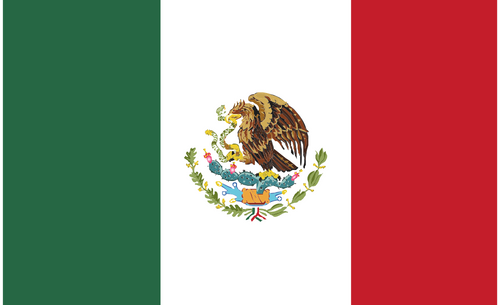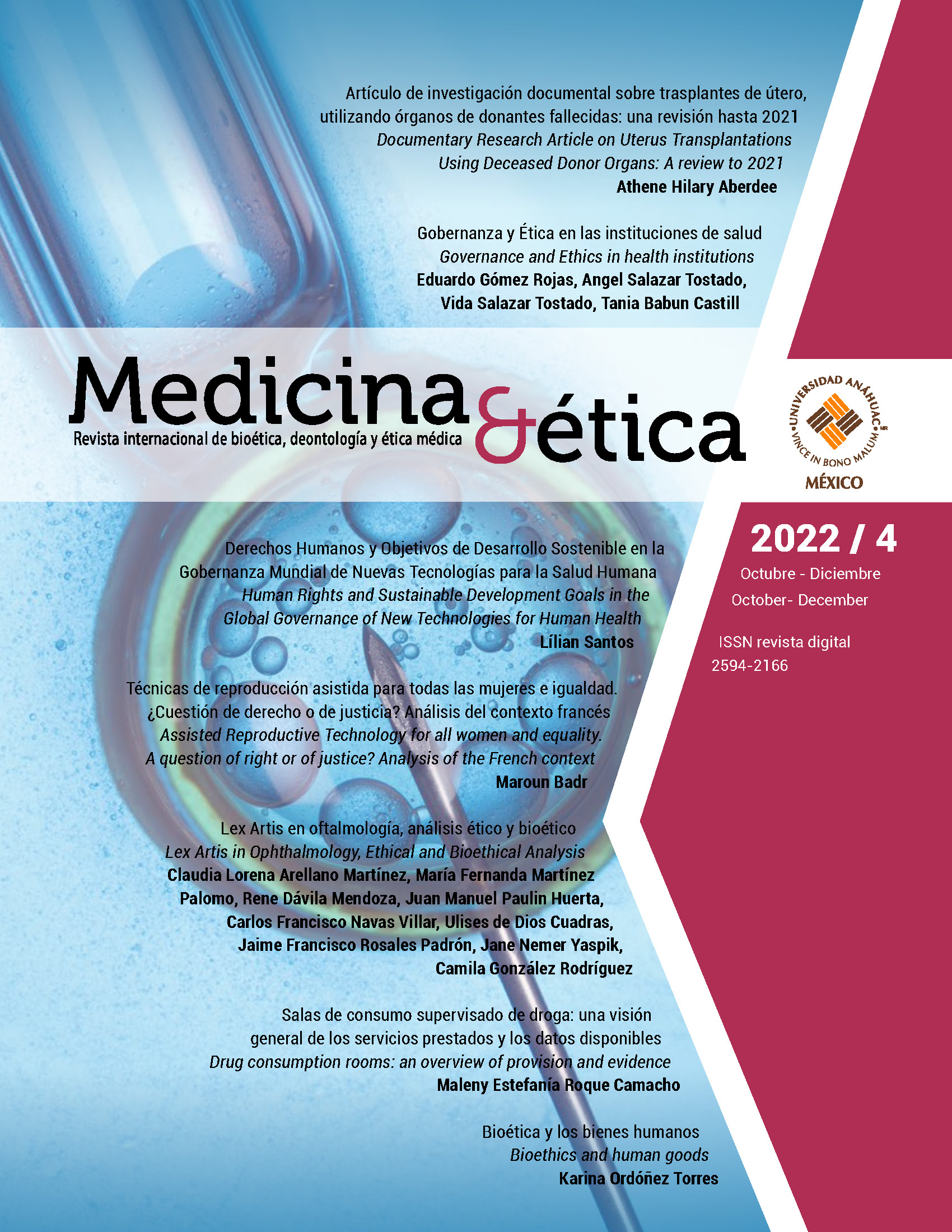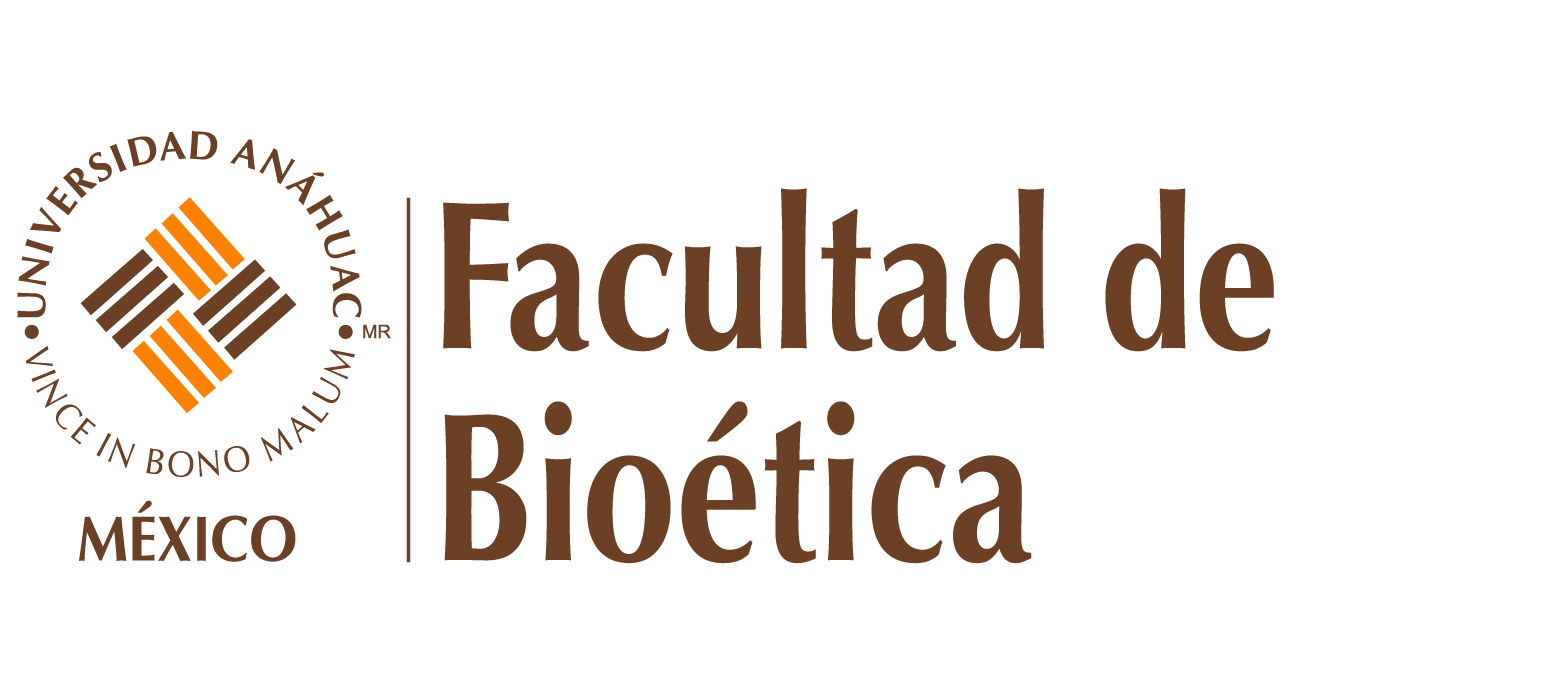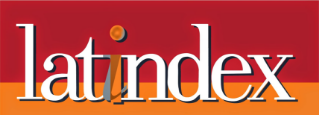Artículo de investigación documental sobre trasplantes de útero, utilizando órganos de donantes fallecidas: una revisión hasta 2021
DOI:
https://doi.org/10.36105/mye.2022v33n4.01Palabras clave:
trasplante de útero, donante fallecida, nacido vivo, riesgos quirúrgicos, maternidad gestacionalResumen
La tecnología reproductiva alcanzó un nuevo récord en 2017 con el nacimiento de un infante de sexo femenino que se desarrolló dentro del útero de una donante fallecida. No se registraron complicaciones inusuales en el procedimiento ni en lo referente a la salud de la madre. Tres años antes, ensayos clínicos suecos señalan el nacimiento de dos infantes de sexo masculino provenientes de úteros extraídos de donantes vivas, vinculados a las madres. La ciencia había logrado curar el factor de infertilidad uterino absoluto (AUFI por sus siglas en inglés), en mujeres con esta condición. Es importante que, si bien algunos ajustes en el procedimiento dominarán el desarrollo futuro, especialmente en los aspectos clínicos, no debemos olvidar las consideraciones éticas. Por lo anterior, esta revisión documental se centra en cómo se ven los trasplantes de útero de donantes fallecidas dentro de los datos disponibles en tres contextos principales: la antropología del ser humano, la medicina y la sociología, con énfasis en ciertas construcciones culturales de la sociedad liberal moderna. Subyacente al diagnóstico está el hecho de que el útero es un órgano no vital en la fisiología humana, y los trasplantes de útero de donantes fallecidas (DD UTX por sus siglas en inglés) plantean nuevos desafíos en la ética. En esta revisión se presentan los sesgos observados en los datos, las limitaciones de un procedimiento de menos de diez años y las conclusiones a las que llegamos.
Descargas
Referencias
Bronnstrom M, Johannesen L, Bokstrom H, et al. Livebirth after uterus transplant. The Lancet [Internet]. 2015; 385:607-16. Version of Record. Disponible en: https://doi.org/10.1016/SO140-6736(14)61728-1
Diaz C, Pellicer A. First baby born via uterus transplant from a deceased donor. The Lancet [Internet]. 2018 dic; 392(10165):2657-58. [posted to EurekAlert System]. Disponible en: http://www.thelancet.com/journals/lancet/article/PIISOI40-6736(18)31766-5/fulltext
Cook M. First baby born from uterus of a deceased donor. Bioedge [Internet]. 2018 dic. Disponible en: https://www.bioedge.org/images/2008images/FB_brazil_womb_transplant.jpgbrazil
Aznar J. Uterus transplantation raises obvious ethical issues. Bioethics Observatory Institute of Life Sciences: Catholic University of Valencia; 2021. Disponible en: https://www.observatoriobioetica.org/2021/01/el-trasplante-de-utero-plantea-evidentes-problemas-eticos/35040
Ejzenberg D, Mendes LR, Haddad LB, Baracat ED, D’Albuquerque LA, Andraus, W. Uterine Transplantation: A systematic review. Clinics. 2016; 71(11):679-68.
Richards EG, Farrell RM, Ricci S. et al. Uterus transplantation: State of the art in 2021. J Assist Reprod Genet. 2021; 38:2251-2259. https://doi.org/10.1007/s10815-021-02245-7
Hammond-Browning N, Yao, SL. Deceased Donation Uterus Transplantation: A review. Transplantology. 2021; (2):140-148. https://doi.org/10.3390/transplantology2020014
Jarvholm S, Dahm-Kahler P, Kvarnstrom N, Brannstrom M. Straight out of the womb:The psychosocial implications of uterine transplant recipients and partners up to 3 years after transplantation: Results from the Swedish Trial. Fertil. Steril. 2020; 114:417-445. https://doi.org/10.1016/j.fertnstert.2020.04.060
Van Erp A C, van Dulleman LFA, Ploeg RJ, Leuvenink HGD. Systematic review on the treatment of deceased organ donors. Transplant. Rev. 2018; 32(4):194-206, https://doi.org/10.1016/j.trre.2018.06.001
Mahajan A, Wray C. Organ transplantation: A systematic review. Anesthesiol. Clin. 2017; 35(3):xv-xvi. https://doi.org/10.1016/j.anclin.2017.06.001
Naef S G. Iranian embryo donation, law and surrogacy regulations: The intersection of religion, law and ethics. Die Welt des Islams; Special Theme Issue: The social politics of Islamic bioethics. 2015; 55(3/4):348-377.
Guntram L, Williams N J. Positioning uterus transplantation as a ‘more ethical’ alternative to surrogacy: Exploring symmetries between uterus transplantation and surrogacy through analysis of a Swedish Government white paper; Bioethics Special Issue Uterus Transplants. 2018; 32(8):477-533. https://doi.10.1111/bioe.12469
O’Donovan L, Williams N J, Wilkinson S. Ethical and policy issues raised by uterus transplants. Invited review; British Medical Bulletin. 2019; 131:19-28. https://doi:10.1093/bmb/Idz022
Zazukhina V. Bioethics in transdisciplinary and interdisciplinary context of post non-classical science. Paper presented at: CBU international conference on innovation, technology transfer and education 2014. Proceedings of cbu International Conference; 2014 febrero; Prague, Czech Republic; 2014. Disponible en: http://dx.doi.org/10.12955/cbup.v2.464
Sgreccia E. Personalist bioethics: Foundations and applications. Philadelphia: National Catholic Bioethics Center; 2012:3-29.
May W E. Defining death and organ transplantation. Catholic Bioethics and the Gift of Human Life. Huntington Indiana; Our Sunday Visitor Publishing Co.; 2008; 319-320,353-356.
Catholic Church. Donum Vitae-The Gift of Life: Instruction on respect for human life in its origin and on the dignity of procreation: Washington DC; National Catholic Bioethics Center; 2000.
Catholic Church. Dignitas Personae: Instruction on certain bioethical questions. CDF; 2008. Disponible en: http://www.vatican.va
Ikels, C. The anthropology of organ transplantation. Ann. Rev. of Anthropology. 2013; (42):89-102. http://www.jstor.org/stable/43049292
Cunningham CP. Womb transplant babies: A preliminary exploration of recent biomedical advances. Dignitas. 2014; (4):1,4-7,12-13. Disponible en: http://www. cbhd.org
Ronchi FU, Napoletano G. Uterus Transplantation and the redefinition of core bioethics precepts. Acta biomedica; Atenei Parmensis. 2021; 92(5). https://doi.org/10.23750/abm.v92i5.12257
Spillman MA, Sade RM. A Woman in Full. Am. J. of Bioeth. 2018; 18:(7)32-34. https://doi.org/10.1080/15265161.2018.1
CaplanAL.Traffickingandmarketsinkidneys:Twopoorsolutionstoapressingprob- lem. In A. Akabayashi (ed), The future of bioethics: International dialogues; Oxford: Oxford University Press. 2014. p. 407-416. Disponible en: https://doi.org/10.1093/acprof:oso/978019968267.003.0053
Bruno B, Arora KS. Uterus Transplantation: The ethics of using deceased versus living donors. Am. J. Bioeth. 2018; 18:(7):6-15. https://doi.org/10.1080/15265161.2018.1
Descargas
Publicado
Número
Sección
Licencia

Esta obra está bajo una licencia internacional Creative Commons Atribución-NoComercial-CompartirIgual 4.0.
Medicina y Ética se distribuye bajo Licencia Creative Commons Atribución-NoComercial-CompartirIgual 4.0 Internacional.
El autor conserva los derechos patrimoniales sin restricciones y garantiza a la revista el derecho de ser la primera publicación del trabajo. El autor es libre de depositar la versión publicada en cualquier otro medio, como un repositorio institucional o en su propio sitio web.




























